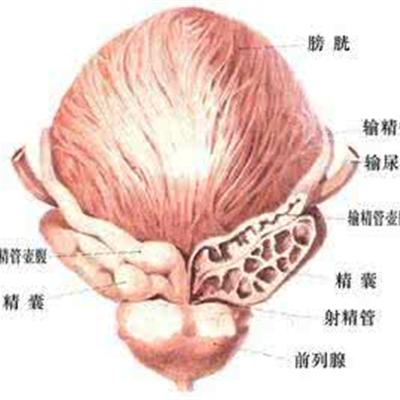What symptom does rectum gland tubular adenoma have?
summary
Intestinal adenoma mainly refers to the surface of rectal mucosa, intestinal cavity protrusion of a protuberant lesions, and there are many types, including children's polyps, inflammatory polyps and other polyposis, although it is a benign tumor, but the impact and consequences are relatively large, will also cause ulcers, or other lesions damage, so we must pay attention to prevention. What symptom does rectum gland tubular adenoma have? Let's talk about it.
What symptom does rectum gland tubular adenoma have?
1. Pathological classification colorectal adenoma can be divided into tubular adenoma, villous adenoma and villous tubular adenoma. (1) tubular adenomas account for 70% of colorectal adenomas. They are single or multiple growth, composed of hyperplasia of mucosal glandular epithelium. The surface is nodular, mostly pedicled, generally less than 2cm, dark red, easy to bleed, well differentiated, mainly tubular structure under the microscope, villus composition ≤ 20%. (2) villous adenoma is also called papillary adenoma. The surface epithelium is mainly composed of proliferative and uplifted papillary or villous structures. Most of them are single nodule with wide base, usually without pedicle, easy to bleed, and villus composition > 80%.

2. Most patients have no symptoms. The symptoms are related to the size, location and pathological nature of adenoma. Symptomatic patients may have the following manifestations: 1. Abdominal discomfort, abdominal pain, mostly caused by large adenoma with intussusception, intestinal obstruction. 2. Change of defecation habits, including constipation, diarrhea, diarrhea, etc. 3. Blood in feces, the most common is intermittent hematochezia. 4. Some of the larger, pedicled adenomas located in the rectum may fall off or come out of the anus during defecation.

3. Familial adenomatous polyposis of colon (FAP): colorectal adenomas of different sizes are distributed in the colon and rectum, with a large number of adenomas (> 100). FAP is a hereditary disease, with the most obvious symptoms around 30 years old.

matters needing attention
Recurrence after resection of tubular adenoma is rare, but villous adenoma and villous tubular adenoma can often recur after resection, especially villous adenoma, and the recurrence rate of multiple adenomas is higher than that of single adenoma. For patients with colorectal adenoma, especially those with villous adenoma or broad-based villous tubular adenoma, it is suggested that colonoscopy should be performed once every 3-6 months in the first year after resection of adenoma, and once every year from the second year.









